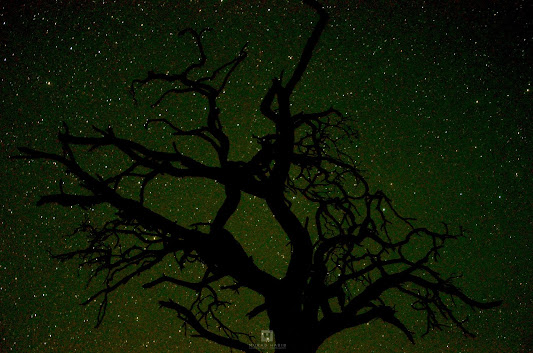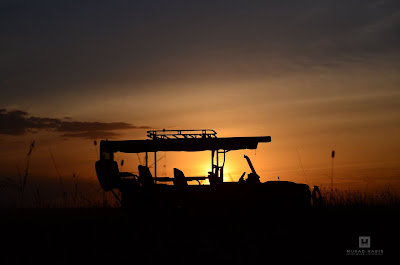Amboseli Elephants are world renowned. They simply are magnificent.
With the legendary Tim now gone (Tim died of natural causes at the age of 50 years), Craig is the more popular big tusker in this kingdom. Besides Craig, there are other males with some very impressive tusks, some of whom I recon can probably grow bigger than Tims - only time will tell 😎
With other males besides Craig like Pascal, Palmer, Velowski, Adam and Leroy coming into the lime light. These guys will be stars in the years to come. There are about 25-30 young males with impressive tusks who are between the ages of 32 years and 40 years.
I am particularly impressed by Leroy, a 36 year old bull. One morning straight from bush breakfast I saw him walking back very quickly. He had ventured out of the Amboseli National park and Kitirua conservancy into the neighboring farms in Tanzania. Looks like he did not get a good welcome, and he quickly made his way back home. He is a handsome bull, still growing and getting increasingly popular. Chege, one of the guides at Tortilis camp was very helpful in identifying him. Chege is an outstanding guide, one of the few gold rated guides in the country! Ali (head guide), Jonathan, Juma team up with Chege to make an outstanding guiding team based at Tortilis camp, part of the Elewana collection. They are joined by Festus and Leperes. They all are top guides, great individuals with great personalities. All these guides have shared with me their extensive knowledge and I am grateful to have the chance to work with them and to build long lasting friendships with them.
 |
| Leroy. Kitirua conservancy, Amboseli (B&W image) |
 |
| Leroy. Kitirua conservancy, Amboseli |




























